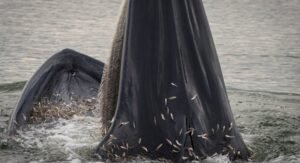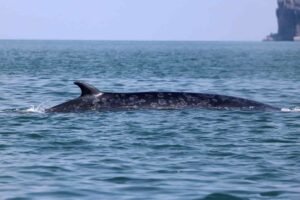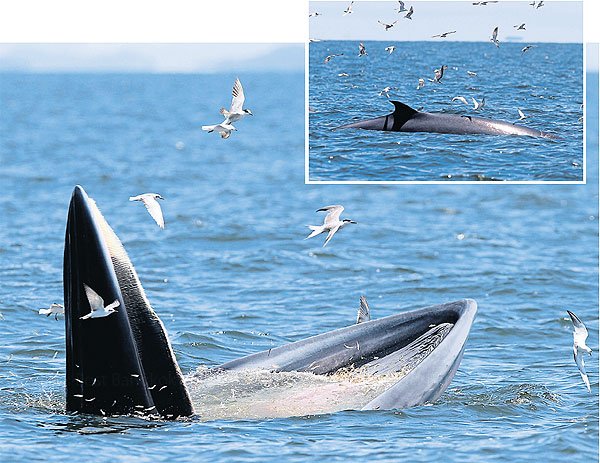Bryde’s Whale
Bryde’s whale, scientifically known as Balaenoptera brydei, is a majestic marine mammal that inhabits various oceans around the world. In this article, we will explore where these whales live, what they eat, their breeding habits, and how long they live. Additionally, we will specifically address whether Bryde’s whales can be found in the Gulf of Thailand.
Where Do Bryde’s Whales Live?
Bryde’s whales can be found in both tropical and subtropical waters across the globe. They have a wide distribution and are known to inhabit the Atlantic, Indian, and Pacific Oceans. These whales prefer warmer waters, making them commonly sighted in regions such as the Gulf of Mexico, Gulf of Thailand, the Caribbean Sea, the South China Sea, and the waters around Japan and Australia.
Although Bryde’s whales have a vast range, their populations are not evenly distributed. They tend to concentrate in areas abundant in food, such as coastal upwelling zones or areas with high concentrations of fish and krill.
What Do Bryde’s Whales Eat?
Bryde’s whales are considered opportunistic feeders, meaning they consume a variety of prey depending on their location and food availability. Their diet primarily consists of small schooling fish, such as anchovies, sardines, herring, and mackerel. They also feed on crustaceans, squid, and other small marine organisms.
These whales are known for their unique feeding technique called “lunge feeding.” They accelerate towards their prey with their mouths wide open, engulfing large amounts of water and prey. They then filter out the water through baleen plates, which trap the prey inside their mouths. This efficient feeding strategy allows them to consume large quantities of food in a single gulp.
Breeding Habits of Bryde’s Whales
Bryde’s whales reach sexual maturity between the ages of 8 and 13, with females generally maturing earlier than males. The breeding season varies depending on the region, but it often occurs during the winter months in cooler waters and throughout the year in warmer tropical waters.
During courtship, male Bryde’s whales engage in competitive behaviors to attract females. This can involve displays of strength, such as head-butting or vocalizations. Once a female selects a mate, the pair engages in mating rituals that may include breaching, spy-hopping, or other acrobatic displays.
The gestation period for Bryde’s whales is approximately 11 to 12 months. After this period, a single calf is born, measuring around 12 to 14 feet in length. The mother provides care and nourishment to the calf through lactation for a period of 6 to 12 months. After this time, the calf becomes independent and gradually learns to hunt and survive on its own.
Life Expectancy of Bryde’s Whales
Bryde’s whales have an average lifespan of around 40 to 50 years, although some individuals have been known to live longer. Factors such as food availability, environmental conditions, and human activities can influence their longevity.
Threats to Bryde’s whales include entanglement in fishing gear, collisions with ships, habitat degradation, and noise pollution. Conservation efforts, such as the establishment of marine protected areas and regulations on fishing practices, aim to mitigate these threats and ensure the long-term survival of these magnificent creatures.
Do Bryde’s Whales Live in the Gulf of Thailand?
Yes, Bryde’s whales can be found in the Gulf of Thailand. The Gulf of Thailand provides suitable feeding grounds for these whales, as it is rich in fish and other marine resources. Sightings of Bryde’s whales have been reported in the waters near popular tourist destinations such as Koh Samui, Koh Tao, and Pattaya.
However, it is important to note that the population of Bryde’s whales in the Gulf of Thailand is relatively small and faces various threats. The expansion of coastal development, increased boat traffic, and overfishing pose significant challenges to their survival in this region.
In Conclusion
Bryde’s whales are fascinating creatures that inhabit tropical and subtropical waters worldwide. Their diet, breeding habits, and lifespan showcase their adaptability and importance in marine ecosystems. While they can be found in the Gulf of Thailand, conservation efforts are crucial to protect these magnificent animals and ensure their continued existence for future generations to admire and appreciate.
